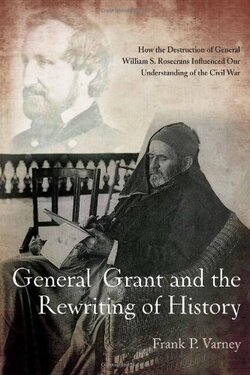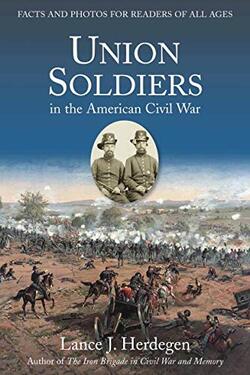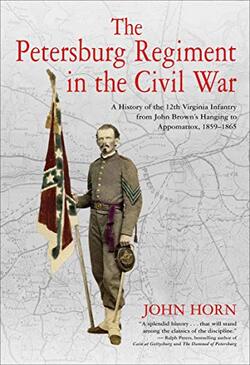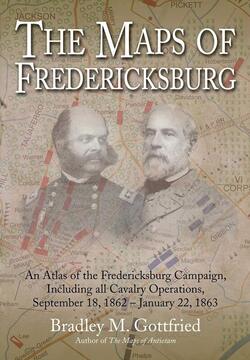
Frank P. Varney
Savas Beatie, 2018, 312 pgs, $19.95
ISBN: 978-1-61121-419-2
Image courtesy of amazon.com
Ever since I got interested in the American Civil War, I’ve been fascinated with the memoirs of Ulysses S. Grant. I am aware that most of it is personal memories that are manipulated to better the image of himself, but I still think that it is an important book. That doesn’t mean historians cannot scrutinize the work that Grant performed in the writing of this book. General Grant and the Rewriting of History is the book that tackles the subject of how Grant wrote these words and how he used his own standing do defame General Rosecrans. Frank P. Varney takes us through this journey and understanding of how such a book became a cornerstone in Civil War era writing.
Frank P. Vareny teaches United States and Classical History at Dickinson State University of North Dakota and is also the Director of the Theodore Roosevelt Honors Leadership Program. He gained his Ph.D. at Cornell University and regularly brings student groups to battlefields. He is working on an on-site course for both Gettysburg and Chickamauga and has made several appearances before Civil War Roundtables and historical societies around the country.
One of the first things I learned about the memoirs of U.S. Grant is that they were heavily influenced by Mark Twain. I have learned since that it’s not quite true, and that has morphed my understanding of this book. So I’m always excited when a book is released about the creation of this book that so many have in their Civil War collections. Frank Varney goes deeper than just a simple idea that memoirs are memoirs and should be taken with a grain of salt. No one wants to write a memoir where they come off looking poorly. And the same can be said for Grant’s memoirs. But the main point of this Varney’s book comes in the analysis of what happened to Rosecrans and how Grant treated him in his writing. While Varney talks about the unreliability of Grant throughout the introduction and the first few chapters, it is his account of the Battle of Iuka where the rivalry between Rosecrans truly begins. The issues with Rosecrans find its way towards Edwin Stanton, which doesn’t surprise me one bit, and from that, the feud only grows.
Varney speaks quite well about the subject matter, and I was pleased to learn that the subject of this book stems from a dissertation he had written. There is a great passion to the narrative that I have not seen in a book about this subject for some time. When I started reading this book, I thought it was going to be solely about the memoirs themselves, but instead, it takes the reader through the feud between both Grant and Rosecrans and broadens the horizon when it comes to understanding the memoirs. The old adage is that “history is written by the victors,” but I never thought I would read an account about how the victors would blame and defame the victors twenty years after the war was over. I knew about Confederate memoirs often passing blame from one to the other, but for the Union side to play that card as well? It was surprising to say the least. It is because of this that I always love reading about Grant’s memoirs and the process through which they were created.
I highly recommend this book to anyone interested in either the Western Theater of the American Civil War or Ulysses S. Grant. I think the service Varney has done for the Civil War community here is top notch, and shouldn’t be ignored. I look forward to what he will offer the scholarship in the future. Highly Recommended!



 RSS Feed
RSS Feed
